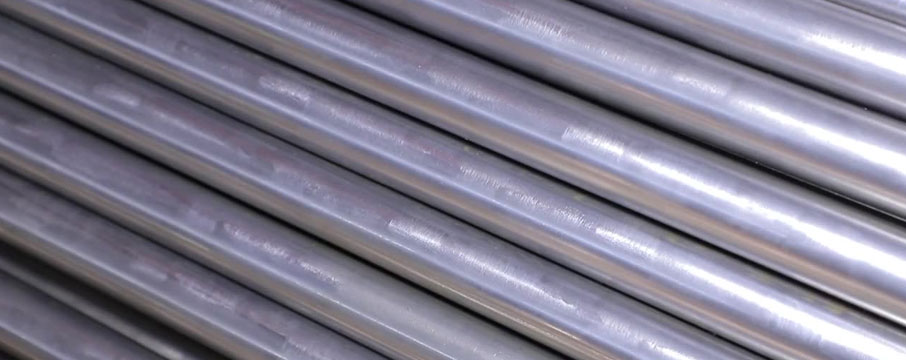
The American Society for Testing and Materials is known by the initials ASTM. The American Iron and Steel Institute is known by the initials AISI. While both of these organisations create and uphold standards for metallic goods, the AISI is primarily focused on iron and steel while the ASTM covers a wider range of materials, including rubber, petroleum, and more. Today, more than 12000 ASTM standards are in use globally. Over 30000 technical professionals from around the world are involved in managing ASTM standards. This organisation creates specifications, testing procedures, material classifications, and advice for suppliers as well as customers.
The society has been in operation ever since Charles B. Dudley, Ph.D. originally established it in 2001. The headquarters are in West Conshohocken, Pennsylvania, but they have offices all over the world in places including Peru, China, Washington, Canada, and Belgium. The American Iron Association, which later became the AISI, was founded in Eastern America in 1855. They mainly concentrated on the requirements for the manufacturing of pig iron. In 1864, the organisation changed its name to the American Iron and Steel Association (AISA), and its headquarters were located in Philadelphia.
The AISI was later established in 1908 and ran concurrently with the AISA for four years, up until 1912. The AISA was then combined with the AISI to form a single organisation with its headquarters in New York. The AISI is primarily focused on the North American steel industry, despite the fact that the ASTM is a global organisation and its standards are utilised globally. The primary goals of the AISI are to manufacture high-quality products, increase revenues, and establish the North American steel industry as a credible player in the global steel market. With standard-developing partners in more than 150 countries, the ASTM is an international organisation that offers standards and specifications for the world of steel and other materials.
ASTM participation in the AISI, a business association, is optional. Most ASTM standards are also employed in numerous federal agencies and regulations in the United States of America as a result of their widespread international recognition. The terminology standard, which offers a definition of commonly used terms, is part of the ASTM. It offers the common classification, which is a collection of materials with related properties arranged in accordance with the product, service, system, and material.
The ASTM created the standard handbook as a resource for information and choices. The definition of an operational sequence for each given process is the ASTM's recommended standard practise. The purpose of standard test techniques is to ascertain how tests are created and how well test findings are. The prerequisites for any given standard specification are specified in the ASTM's standard specification.
| USA | AMERICA (USA) | UK | GERMANY | SWEDEN | |
|---|---|---|---|---|---|
| AISI | ASTM | BSI | WERKSTOFF NR. | DIN 17006 | SIS |
| 304 | ASTM A312 TP304 |
304S15 304S16 |
1.4301 1.4303 |
X 5 CrNi 18 10 X 5 CrNi 18 12 |
23 32 |
| 304L | ASTM A312 TP304L | 304S11 | 1.4306 | X 2 CrNi 18 11 | 23 52 |
| 310 | ASTM A312 TP310 | 310S24 | 1.4845 | X 12 CrNi 25 21 | |
| 316 | ASTM A312 TP316 | 316S31 | 1.4401 | X 5 CrNiMo 17 12 2 | 23 47 |
| 316L | ASTM A312 TP316L | 316S11 | 1.4404 | X 2 CrNiMo 17 13 2 | 23 48 |
| 317L | ASTM A312 TP317L | 317S12 | 1.4438 | X 2 CrNiMo 18 16 4 | 23 67 |
| 321 | ASTM A312 TP321 | 321S31 |
1.4541 1.4878 |
X 6 CrNiTi 18 10 X 12 CrNiTi 18 9 |
23 37 |
| 347 | ASTM A312 TP347 | 347S31 | 1.4550 | X 6 CrNiNb 18 10 | 23 38 |

